Exploring the unique Flavours: A Deep Dive into the Spices of Sri Lanka
Introduction: Unveiling the Rich Culinary Heritage of Sri Lanka through its Spices
Embark on a flavorful journey through Sri Lanka’s vibrant and aromatic spice world. Experience how unique flavors and rich culinary heritage create an unmatched sensory delight.
Sri Lanka, known as the Pearl of the Indian Ocean, has a centuries-old spice trade history. Its prime location on ancient trade routes made it a hub for coveted spices like cinnamon, cardamom, cloves, and nutmeg. These spices impacted not only the economy but also shaped the cuisine, creating a blend of diverse flavors and aromas.
Explore Sri Lanka’s bustling spice markets filled with vibrant spices that entice both seasoned chefs and curious food lovers. Each spice has its unique story — from the fiery heat of black pepper to cinnamon’s sweet notes — reflecting the cultural heritage shaped by generations of traders and culinary artisans.
Discover how these unique spices have become essential in Sri Lankan dishes, adding depth, complexity, and character. From aromatic curries to tangy sambols, each dish reveals the country’s rich culinary traditions and deep-rooted love for spices. Prepare to ignite your senses and taste buds as we reveal the magic of Sri Lankan spices, a true treasure in every dish.
History of Sri Lankan Spices
Known as the Spice Island, Sri Lanka has been a historical attraction for its rich spices. The island is famous for growing popular spices like cinnamon, pepper, cloves, cardamom and nutmeg. These spices thrive all over the island in different types of soil and temperatures, making Sri Lanka a spice paradise.
Sri Lanka, historically known as Taprobane, Serendib, and Ceylon, is famed for its long tradition of high-quality spice production. The Ceylon spice trade dates back to the 14th century, with Roman-era evidence highlighting its importance. Western nations, including the Portuguese, Dutch, and English, were drawn to the island’s rich spices, precious stones, and ivory. Sri Lanka has maintained its prominent position in the global spice market.
Cinnamon, known as “Cinnamomum zeylanicum,” is native to Sri Lanka. The country produces over 90% of the global supply. Sri Lanka’s tropical climate, varied soils, and favorable temperatures create perfect conditions for cultivating a range of high-quality spices.
The 16 Must-Try Spices from Sri Lanka and Their Unique Characteristics
Sri Lanka is famous for its rich culinary heritage and vibrant spices that add depth and flavor to global dishes. Fragrant Ceylon cinnamon and aromatic Sri Lankan cardamom are highlights. These 16 must-try spices showcase what makes Sri Lankan cuisine truly special.
1. Ceylon Cinnamon (Cinnamomum zeylanicum):
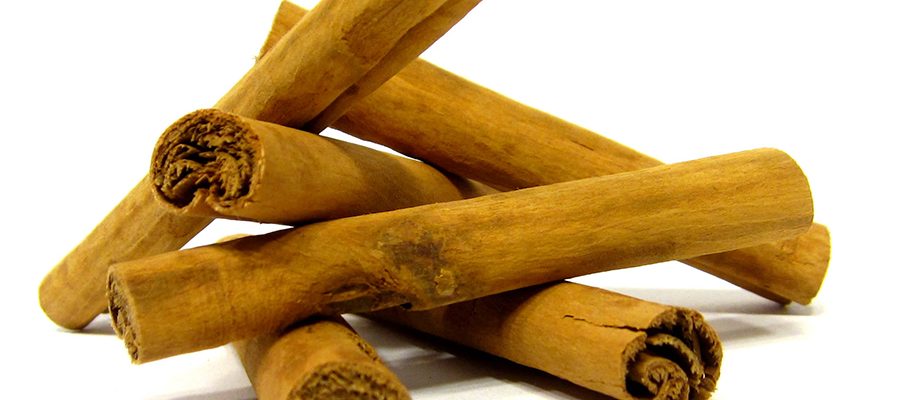
Sri Lanka is famous for Ceylon Cinnamon, considered true cinnamon due to its unique flavour, colour, and aroma. This distinguishes it from Cassia, the other cinnamon variant. Ceylon Cinnamon has deep roots in Sri Lankan culture as a natural preservative and flavouring agent.
The Dutch started Sri Lanka’s cinnamon industry, establishing it as the world’s largest producer. Locally called “Kurundu,” it is a key spice in curries and rice dishes.
The thin brown bark of cinnamon is known for its sweet fragrance and versatile use. It adds flavour to baked goods, teas, and preserves meat. Cinnamon is highly valued for health benefits, aiding conditions like diabetes and cancer, and offering anti-inflammatory properties.
Ceylon Cinnamon is Sri Lanka’s most significant spice export due to its heritage and unmatched quality. The product isn’t just exported naturally but processed into value-added forms like powders, tablets, and essential oils. These products meet global market needs and maintain Sri Lanka’s position as the source for 90% of exported authentic cinnamon, showcasing its global importance.
2. Cardamom (Elettaria cardamomum):
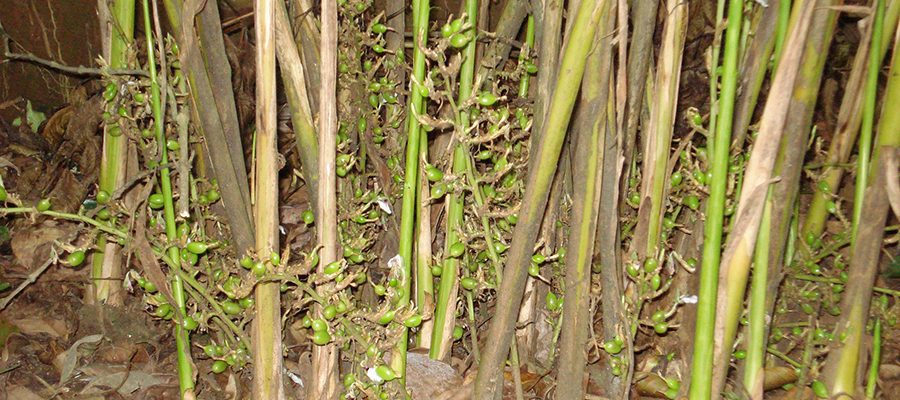
With its warm, slightly sweet flavour, Sri Lankan cardamom adds a unique depth to both sweet and savoury dishes.
Cardamom, called “Enasal” in Sri Lanka, is famous for its unique, fiery kick that tantalizes the taste buds. This spice enhances a variety of dishes with its bold flavor. Locals and chefs alike appreciate cardamom for its distinct taste and aroma. Enclosed within a small seed pod are black seeds that release a distinctive sweet fragrance when exposed. This spice often enhances the taste and aroma of meat curries and yellow rice dishes. Cardamom also adds flavor to wattalapam, a cherished egg pudding. It can even be added to evening teas for a hint of spice.
Cardamom, esteemed as one of the most prized spices globally, stands alongside saffron and vanilla in culinary significance. Its versatile nature extends beyond the kitchen to encompass medicinal applications, solidifying its well-deserved title as ‘The Queen of Spice’.
3. Cloves (Syzygium aromaticum):
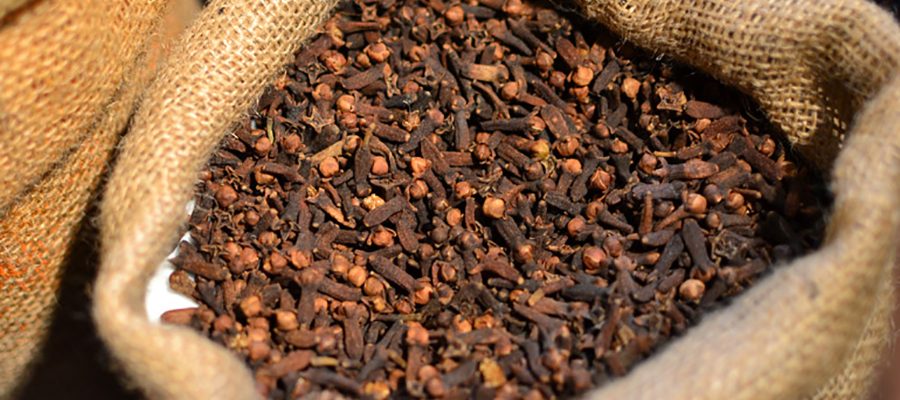
The aromatic flower buds known as “Karabu Nati” have a rich, intense flavour that enhances many dishes. These buds come from dried, unopened flower buds of an evergreen tree, offering strong pungency that challenges chefs. Cloves are highly valued and used in Eastern cuisine to bring unique taste to curries, meats, and confectioneries.
Beyond food, cloves play an important role in medicine and cosmetics. They aid dental care, digestion, and are used in perfumes, soaps, and toothpaste. Sri Lanka excels in producing cloves with high-quality oils, surpassing other countries and earning global recognition.
4. Black Pepper (Piper nigrum):
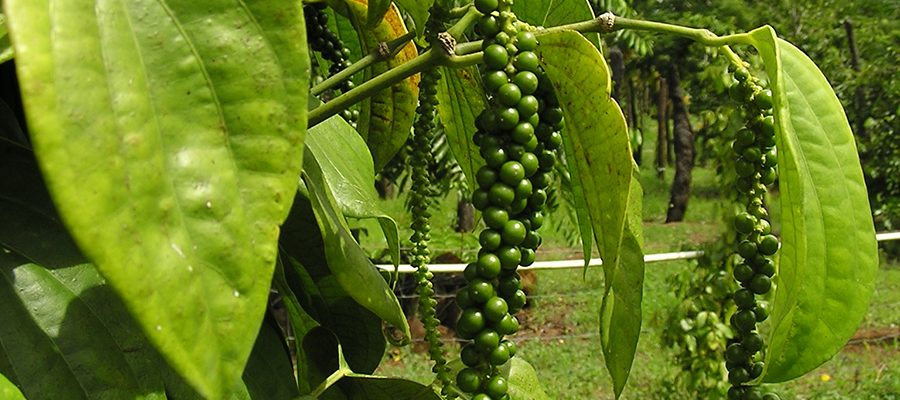
Pepper, the reigning monarch of spices, holds a significant presence in both Sri Lanka’s spice industry and the global market. Renowned for its bold and fiery essence, black pepper sourced from Ceylon stands as a fundamental ingredient in kitchens across the globe.
Known locally as “Gam Miris,” this potent berry derived from Piper Nigrum vines boasts a long-standing history as one of the earliest recognised spices. Characterised by its sharp fragrance and subtly spicy taste, black pepper frequently acts as a viable alternative to fiery red chillies. Notably, the famous Mulligatawny soup, deriving its name from Tamil phrase “pepper water,” features this esteemed spice prominently.
Beyond its culinary applications, pepper harbours various medicinal properties and finds extensive use in therapeutic massages and natural remedies.
5. Coriander (Coriandrum sativum):
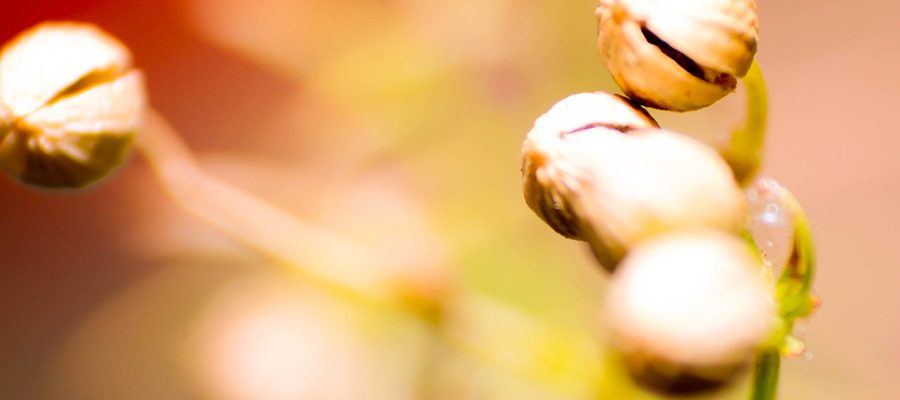
Coriander, known locally as “Kottamalli,” holds a crucial role in Sri Lankan cuisine. Its seeds enhance the flavors of many dishes. Roasted and ground coriander seeds add a citrusy, spicy touch to Sri Lankan curries and salads. This herb, common in local vegetable gardens, has enriched Sri Lankan culinary traditions for centuries. The aromatic and rich profile of Sri Lankan coriander makes it essential in creating authentic dishes. It plays a key role, especially in preparing Sri Lankan curry powder.
Torn coriander leaves often garnish dishes in upscale dining establishments worldwide. Historically, people used coriander seeds and leaves as stimulants, spices, and remedies for ailments like upset stomachs, nausea, and bacterial infections.
6. Turmeric (Curcuma longa):
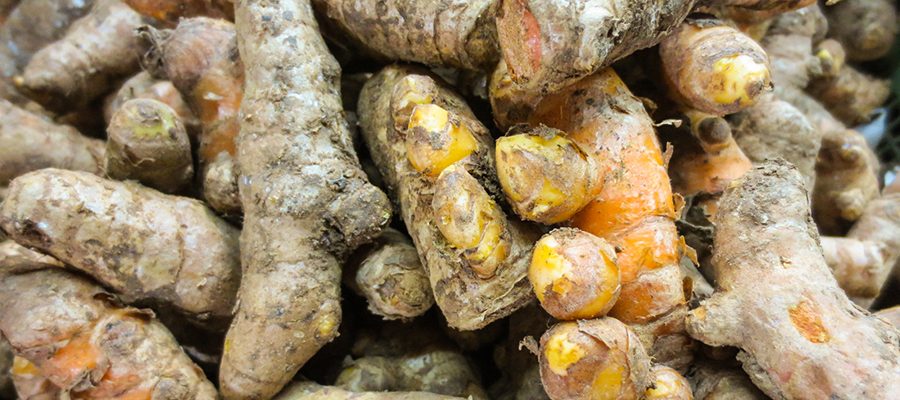
Turmeric, often referred to as “Kaha,” plays a significant role as a condiment in curries. It adds both vibrant color and a warm, earthy flavor profile to the curries. This golden-hued spice is a rhizome of a perennial plant belonging to the ginger family. Interestingly, in medieval Europe, turmeric earned the moniker of Indian saffron. It was the more affordable alternative to the highly prized saffron spice.
Turmeric is a revered spice deeply ingrained in the culinary and medicinal traditions of Sri Lankan and south Asian cultures. This vibrant deep-orange-yellow powder not only enriches curries with its distinctive colour and peppery aroma but also boasts a rich history of therapeutic use spanning thousands of years.
In Ayurvedic practices, turmeric has been highly valued for its potential to address various internal disorders such as indigestion, throat infections, common colds, liver ailments. Additionally, its topical application has been known to promote wound healing and alleviate skin sores. Beyond its culinary and medicinal applications, turmeric serves as a potent disinfectant. A simple combination of turmeric and salt can effectively preserve fish and meat while enhancing their flavours.
7. Fenugreek (Trigonella foenum-graecum):
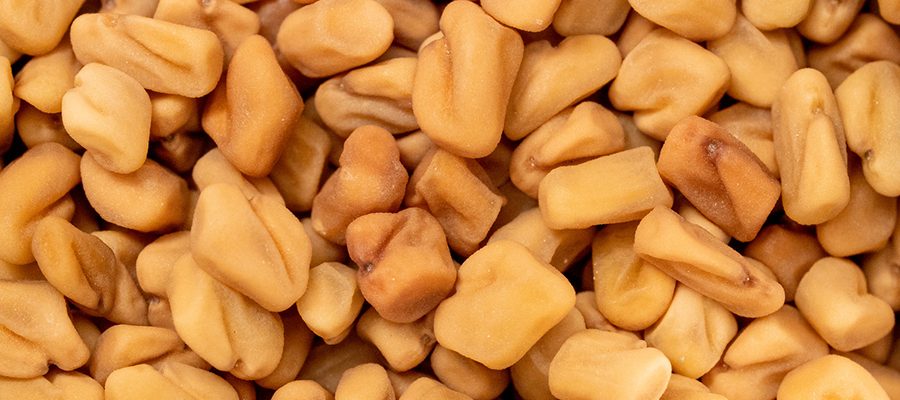
Fenugreek seeds, also known as “Uluhal,” impart a unique flavour profile to dishes, combining a slightly bitter taste with subtle notes of maple syrup-like sweetness. Despite its distinctive aroma and bitter undertones, fenugreek plays a crucial role in enhancing the flavour and texture of curries by providing both seasoning and thickening properties. Furthermore, this versatile spice is a fundamental component in the preparation of curry powder, spice blends, soups, and various culinary creations. In contrast, roasted fenugreek stands out as an effective natural remedy for alleviating diarrhoea due to its potent properties.
8. Sweet Cumin (Cuminum cyminum):
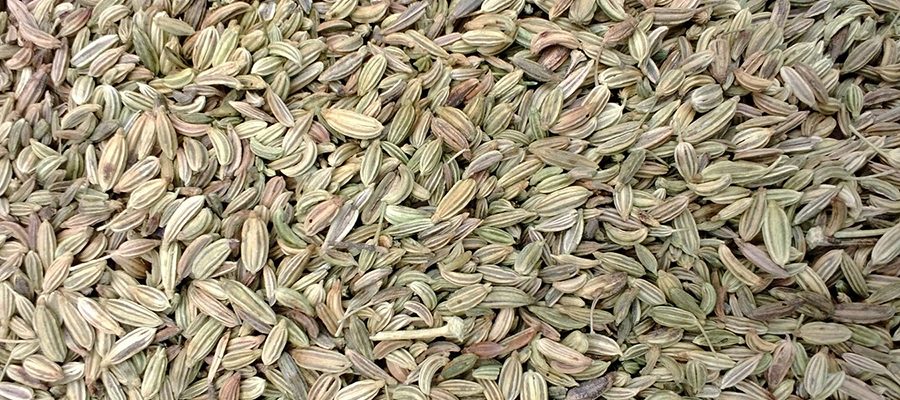
Cumin seeds, renowned for their subtle sweetness, play a pivotal role as an after-meal digestive aid. Referred to as “Maduru,” this spice forms an integral part of curry powder, commonly blended with coriander and cumin. Additionally, it functions as a flavour enhancer in sweet delicacies and alcoholic liqueurs.
9. Cumin (Cuminum cyminum):
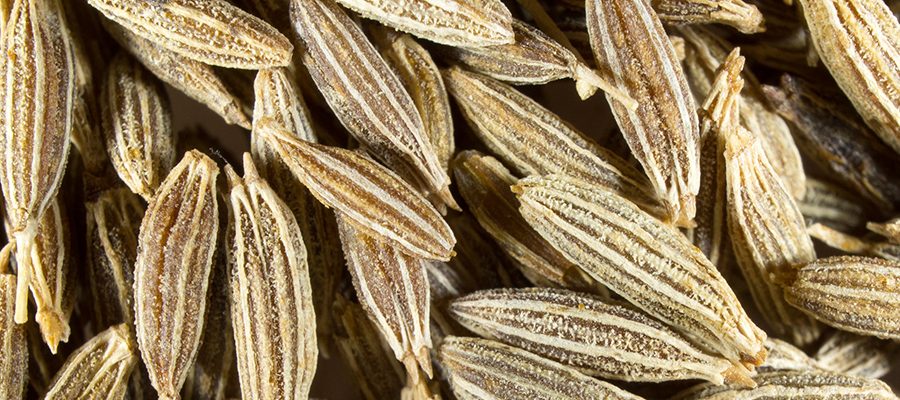
Cumin, derived from the seeds of Cuminum Cyminum plants, holds a significant position in global gastronomy. These small boat-shaped seeds have long been a staple in Middle Eastern and Asian cuisines, imparting a distinct aroma and flavour to various dishes, especially curries.
Referred to as “Suduru,” cumin is renowned for its potent and aromatic taste profile, blending seamlessly with other spices like sweet cumin and coriander in curry powders. Often employed in roasted or ground form as a flavour enhancer, toasting the cumin seeds is considered the most effective method to unlock their warm earthy essence and sweet-spicy notes. This delightful flavour profile makes cumin an ideal complement to vegetable curries or meat-based recipes.
Beyond its culinary appeal, cumin is recognised for its notable medicinal attributes that can offer relief from various health concerns. From aiding in digestion to potentially assisting in managing blood cholesterol levels and diabetes, this versatile spice holds significant promise as a natural remedy.
10. Curry Leaves (Murraya koenigii):
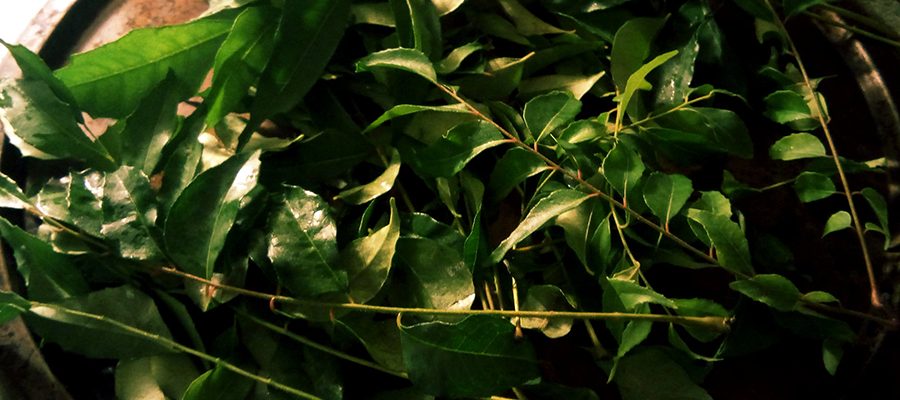
Curry leaves, locally known as ‘Karapincha,’ are a common ingredient in nearly every Sri Lankan home garden. These fragrant leaves release a powerful aroma when tempered, enhancing the flavor of traditional rice and curry dishes in Sri Lanka. As their name suggests, curry leaves are perfect for curry-based recipes in Sri Lankan and Eastern cuisines.
Freshly plucked curry leaves offer numerous medicinal properties. They help combat liver diseases, cholesterol issues, and more. Cultivating them in home gardens has become popular due to their ability to enhance dish flavors while providing important health benefits.
Feel the spices
11. Lemon Grass (Cymbopogon citratus):
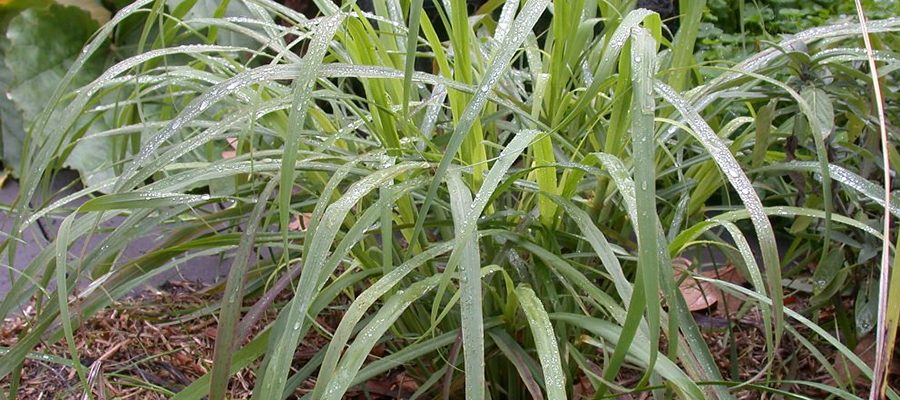
Lemongrass, known as “Sera,” is a tropical herb celebrated for its bright citrusy flavour profile. Commonly incorporated into teas, soups, curries, and marinades, this herb adds a refreshing twist to culinary creations. With long thick stalks that produce an essential oil reminiscent of lemon, lemongrass not only enhances the taste of dishes but also offers various medicinal properties. In Sri Lankan cuisine, it plays a pivotal role in harmonizing meat and fish dishes by utilizing its lower bulbous portions either pounded or sliced. Beyond the kitchen, lemongrass serves multiple purposes as a diuretic, tonic, stimulant and even an insect repellent. Its versatility makes it one of the most esteemed herbs cultivated in Sri Lanka.
12. Gamboge (Garcinia gummi-gutta):
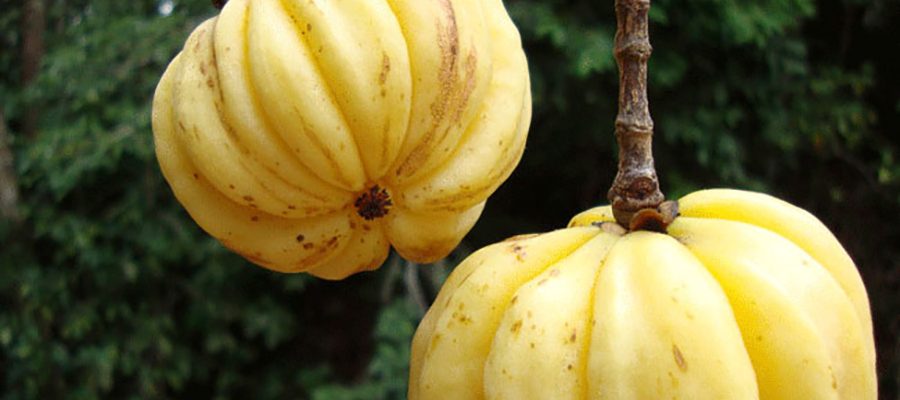
Goraka, a tropical species of Garcinia commonly used in Indian subcontinental cuisine, holds significant importance as a souring and thickening agent in various culinary preparations. Known by multiple names such as garcinia cambogia, brindleberry, Malabar tamarind, and kudam puli, this small pumpkin-like fruit is green to pale yellow in colour. When ground with hot water, it adds a unique tangy flavour to white curries, fish and meat dishes, as well as certain vegetable curries. Its versatility and distinctive taste make it a prized ingredient in traditional cooking practices across the region.
Goraka fruits, renowned for their high acidity which renders them unsuitable for raw consumption, hold a significant place in Sri Lankan and Indian culinary traditions. Their sundried rind, a prized component in local kitchens, is utilised extensively in various dishes, particularly those centred around seafood. Noteworthy is Goraka’s remarkable ability to reduce histamine levels in fish by 80%, making it invaluable for seafood enthusiasts. Moreover, this versatile fruit serves as a natural preservative and plays a pivotal role in concocting the renowned “Fish abulthiyal,” known for its extended shelf life of approximately 7 days at room temperature. Furthermore, Goraka contributes to enhancing the robustness of fish pieces, thus underscoring its multifaceted culinary importance.
Goraka, the latest sensation in the health industry, has garnered widespread attention globally. Recent clinical studies have highlighted its efficacy in promoting weight loss and enhancing immune system function. Renowned figures such as Dr. Oz have endorsed Goraka as a potent fat-burning solution, offering individuals worldwide a promising means to shed excess weight effectively.
13. pandan Leaves (Pandanus amaryllifolius):

Pandan leaves, commonly known as ‘Rampe,’ come from species in the screw-pine plant family. These elongated, blade-shaped leaves are prized for their rich, nutty fragrance, making them an ideal addition to rice dishes and curries. Whether used fresh or as an extract, Pandan leaves offer a simple yet powerful way to infuse culinary creations with a unique aroma and taste, filling your kitchen with an alluring scent.
14. Chilli (Capsicum annuum):
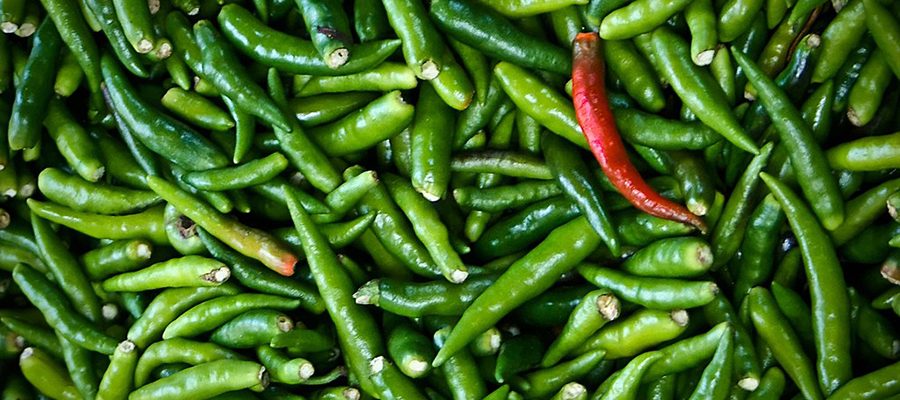
Chilli peppers (“Miris”), the fruit of plants from the genus Capsicum within the nightshade family, holds a significant position in Sri Lanka’s agricultural landscape and cuisine. As one of the country’s primary cash crops, chillies play a vital role in shaping the local cuisine. With a diverse range of colours, sizes, and heat levels, chillies offer an accessible means to infuse dishes with a fiery kick. Sri Lanka boasts several varieties of chillies that are integral to its culinary heritage, from versatile red chillies used in various forms like powder and crushed to potent green chillies prized for their intense heat and extra zest.
15. Nutmeg & Mace (Myristica fragrans) :
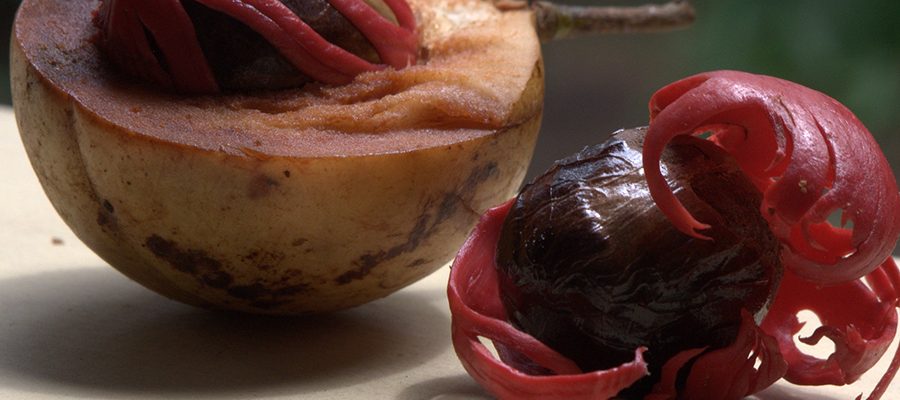
Considered as siblings in the spice world, nutmeg and mace (”Sadikka & Wasawasi”), originating from the same tree. Nutmeg, derived from the oval-shaped fruit of the tree, and mace, extracted from the reddish webbing that envelops the pit, stand as unique spices with distinct flavours and uses. Notably, they are products of a singular tree – a rare occurrence in nature. While renowned for their roles in desserts like cakes and pies, these spices also feature prominently in savoury dishes such as sausages or stews. Additionally, nutmeg and mace hold significance in seasonal beverages like eggnog during festive occasions like Christmas.
The flavour profile of mace is noted for being softer and fruitier compared to nutmeg, making it an ideal ingredient for delicately flavoured recipes. This distinct taste is attributed to the presence of essential oils within mace, contributing to its unique aroma and flavour profile.
16. Ginger (Zingiber officinale):
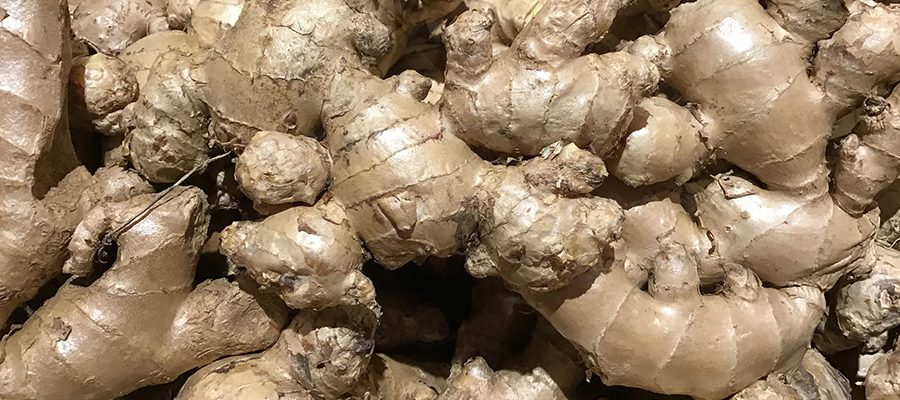
Ginger, a versatile spice renowned for its unique flavour profile and medicinal properties, has transcended cultural boundaries to become a staple in cuisines worldwide. Originating from Asian regions, the thick gnarly roots of the ginger plant have captured the attention of chefs and medical practitioners alike. In Sri Lankan and Asian culinary traditions, ginger, known in Sri Lanka as “Inguru,” imparts a distinctive blend of tartness, heat, and sweetness to dishes while enhancing their complexity. Whether used whole to tenderize meats or ground into powder for desserts, ginger continues to be celebrated for its culinary prowess and health-enhancing qualities.
Ginger, well-known for its culinary use as a spice, holds a prominent place in the realm of health and wellness. Recognized for its antioxidant properties, ginger is renowned for its ability to alleviate digestion issues and nausea, reduce muscle pains and inflammation. Moreover, ginger extract has been found to support cardiovascular health, making it a versatile and valuable addition to one’s overall wellbeing regimen.
Exploring these diverse spices from Sri Lanka opens up a world of culinary possibilities that can elevate your cooking to new heights.
Join a cookery class!
Health Benefits and Medicinal Uses of Traditional Sri Lankan Spices
Traditional Sri Lankan spices have been cherished for their medicinal properties and health benefits for centuries as described above. In Ayurveda, the ancient healing system of India and Sri Lanka, these spices play a vital role in maintaining overall well-being and treating various ailments.
Cinnamon, for example, is known for its anti-inflammatory properties and ability to regulate blood sugar levels. It is often used to aid digestion and boost immunity. Turmeric, another staple spice in Sri Lankan cuisine, contains curcumin which has powerful antioxidant and anti-inflammatory effects. It is commonly used to alleviate joint pain and improve skin health.
Cardamom is a fragrant spice that not only adds flavour to dishes but also aids digestion and freshens breath. Cloves are rich in antioxidants and have antimicrobial properties, making them effective in relieving toothaches and promoting oral health.
Ginger, with its spicy kick, is a versatile spice that can help alleviate nausea, reduce muscle pain, and support cardiovascular health. Black pepper is not just a seasoning but also aids digestion by stimulating enzymes in the gut.
By incorporating these traditional Sri Lankan spices into your diet or using them as remedies, you can benefit from their natural healing properties while adding delicious flavours to your meals. Embracing the wisdom of Ayurveda through these spices can enhance both your culinary experience and your well-being.
Culinary Delights: How to Incorporate Sri Lankan Spices into Your Cooking
Culinary enthusiasts are increasingly turning to the distinctive and aromatic flavours of Sri Lankan spices to elevate their cooking. Incorporating Ceylon spices into your dishes can add a unique depth and richness that will tantalise your taste buds.
When it comes to cooking with Sri Lankan spices, the possibilities are endless. From fragrant curries to spicy sambols, these traditional spices can transform any dish into a culinary masterpiece. By using a blend of local spices such as cinnamon, cardamom, cloves, and curry leaves, you can create authentic Sri Lankan flavours right in your own kitchen.
One popular way to incorporate these aromatic spices is by preparing traditional Sri Lankan dishes like chicken curry or dal with coconut sambol. The combination of bold flavours and vibrant colours in these dishes will transport you straight to the bustling markets of Sri Lanka.
Experimenting with Sri Lankan spice recipes not only adds an exciting twist to your cooking but also allows you to experience the rich culinary heritage of this tropical island. So why not spice up your next meal by infusing it with the allure of Ceylon spices? Your taste buds will thank you for it!
Sourcing Authentic Sri Lankan Spices: Tips for buying and storing these precious Ingredients
When it comes to sourcing authentic Sri Lankan spices, it is essential to be mindful of a few key tips to ensure you are getting the best quality ingredients. Purchasing spices directly in Sri Lanka can be a rewarding experience, as you have the opportunity to witness the vibrant culture and heritage behind these precious ingredients.
To begin with, always opt for reputable sources when buying spices in Sri Lanka. Look for established spice markets or trusted vendors who are known for their quality products. This way, you can be confident that you are getting authentic and fresh spices that will enhance the flavour of your dishes.
Once you have acquired your precious spices, it is crucial to store them properly to maintain their freshness and potency. Store your spices in airtight containers away from heat, light, and moisture. This will help preserve their aroma and flavour for longer periods.
Furthermore, consider investing in quality spice jars or containers that are specifically designed for storing spices. Label each container with the name of the spice and the date of purchase to keep track of their freshness.
By following these tips for buying and storing authentic Sri Lankan spices, you can ensure that your culinary creations are infused with the rich flavours of this beautiful island nation.
Useful links
Curr’y Oclock: “growing up in sri lanka meant all kinds of spices, loads of vegetables, and healthy eating”. Sri Lankan recipies, workshops and shops.
Wiki Ceylon: read more and explore Sri Lanka spices.
Peter Kuruvita: Peter Kuruvita is an internationally renowned chef, restaurateur, television presenter and author. His irrefutable passion for food and produce was nurtured in his Grandmother’s kitchen as a child growing up in Sri Lanka.
King of curry: curries, wok cooking & more! An Instagram link
Traditional Me: A Youtube channel with authentic village cooking

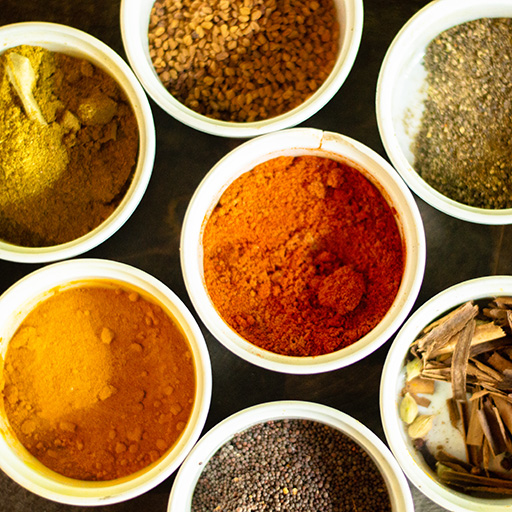
0 Comment